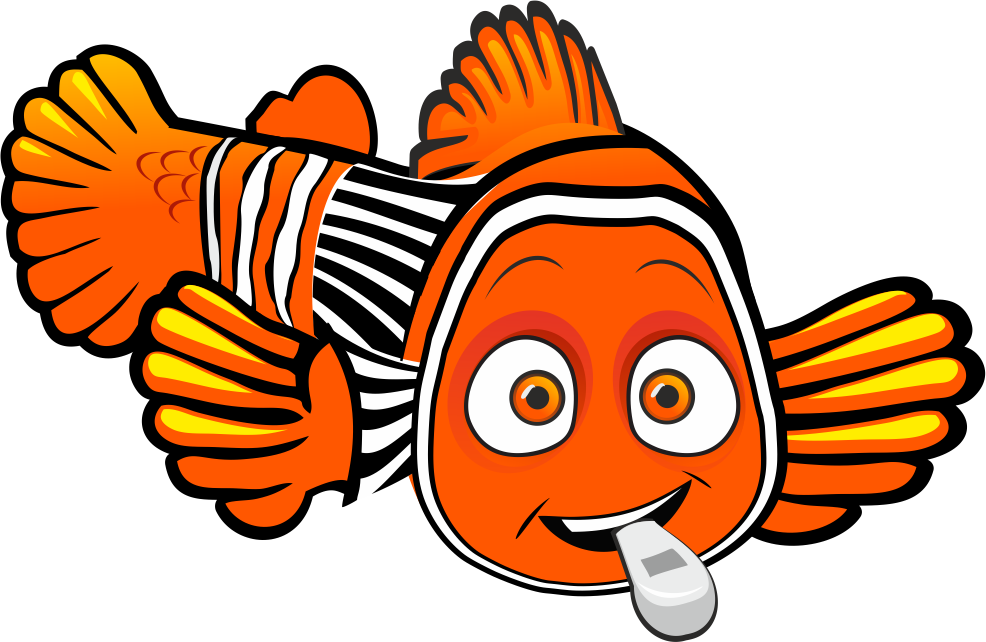Basic Facts About Dottybacks
| Scientific Family: | Pseudochromis |
| Number of Dottbyack Species Types: | There are approximately 150 different types of Dottyback in this species. |
| Average Life Span: | The average lifespan for a Dottyback is 5-7 years. |
| Typical Size: | Most Dottybacks are relatively small fish. Most are less than 3-4 inches in length. |
| Colors: | Dottybacks are vibrantly colored, and can come in various shades such as red, orange, yellow, purple, gray, blue, black, and white. The most popular Dottybacks are yellow and purple. |
| Native To: | Dottybacks are native to the subtropical regions of the Indo-Pacific Ocean. Dottybacks are saltwater fish. |
| Water Conditions Needed: | Temperature (Farenheit): 72-82°F PH Level: 8.1-8.4 Gravity: 1.020 and 1.025 |
| What Do Dottybacks Eat?: | Dotties are omnivores, and therefore feed on a variety of flakes, pellets, fresh and frozen foods including meaty items, such as mysis shrimp, brine shrimp, and plankton, as well as vegetation. They can also feed on live rock if present. Variety is important to maintaining their bright color. |
| Fish-Keeping Experience Level: | Beginner to moderate experience level is needed to keep a Dotty. |
| Minimum Tank Size: | A 30 gallon tank is the minimum size needed to keep Dottybacks. |
| Tank Accessory Requirements: | We recommend adding coral and cavernous rocks, as Dottybacks need access to lots of dark, hiding places. Dotties like to claim their “area” and will defend this against other fish in the aquarium. Live rock is prefered. Because of this, you will need tank lighting if you have live coral and other plant life. You’ll also need a heater and filter. Protein Skimmers are recommended. |
| Compatibility – Other Fish: | Suitable tank mates can include Angelfish, Clownfish, Damsels, Anthias, Boxfish, Butterflyfish, Chromis, FoxFaces, Gobies, Jawfish, Gobies, Blennies, and Hawkfish. |
| Compatibility – Plants and Corals: | Soft or hard coral. Live Rock is one of the most reommended tank mates for Dottybacks. |
| Compatibility – Do not Keep With These Species: | Do not keep more than one species of dottyback at a time in an aquarium. We also recommend not keeping smaller, slow eating fish in the same aquarium as dottybacks, as they can be quite aggressive and tend to eat quickly. Do not keep larger predatory fish large enough to eat them, such as Groupers, Triggers, LionFish, and Eels. |
| Can you breed them? | Yes, Dottybacks can be bred in captivity, if given enough space and the right environment. The male of the species performs a mating dance outside of his cave to entice the female inside. If the female decides to take his invitation, she will lay up to 1,000 eggs in his cave. The male guards the eggs until they hatch. Dottybacks are born as hermaphrodites, and can adapt both male and female reproductive systems. |
| Fun Fact: | Dottybacks are avid jumpers, so be sure your aquarium lid fits snuggly. |
| Cost: | $25-$80 Most dottybacks range in price from $25-35. Depending on species and breeding, some like the popular Orchid Dottyback can cost closer to $70-80. |

How will a Dottybacks behave in your aquarium?
Though they may be small, dottybacks can be quite fierce. These aggressive fish are territorial in nature, and do not tend to get along well with other dottybacks. We highly recommend adding your dottyback to an already existing, stable aquarium because they are especially aggressive to new fish that are added to the tank after themselves. Dottybacks like to have lots of hiding places, so they may “disappear” from sight for several days. Remember, the colors of the dottyback come out the best when they are comfortable, so make sure you monitor their behavior and adjust your tank as needed.
How to acclimate your Dottyback to your fish tank?
When you get your Dottyback, there are a few ways you can introduce your new prized possession to your aquarium. We’ll walk you through one of the easier ways, the Floating Method, but know that there are other ways you can do this as well. Reminder, if you are putting more than 1 Dottyback into your tank, it is best to do it at the same time.
Floating Method:
Step 1: Turn off all lights on your aquarium and dim the lights in the room. Remember, your Dottyback has likely been shipped in a dark box, so we don’t want to cause them to freak out by flooding them with lights.
Step 2: Place the bag with the Dottyback in it in your aquarium and let it float. Don’t open the bag yet. Let the bag float for about 15 minutes. Doing this will let the temperature of the water in the bag to match the temperature of the water in your aquarium and reduce the shock when you eventually put your Dottyback into your aquarium.
Step 3: Once you’ve had the bag in the water for 15 minutes, cut a small hole in the bag (if there’s a metal clip, cut the hole right below the metal clip). Open the hole wide enough, and then pour in 1/2 a cup of your aquarium water to the bag. Continue to add 1/2 cup of aquarium water every four minutes until the bag is full.
Step 4: Once the bag is full, take the bag and pour out half of the water (not into your aquarium). Repeat step 3 again. This time, when the bag is full, you’ll net your Dottyback and put it into your fish tank! Make sure to remove the shipping bag from your aquarium, and again, don’t pour the water from the bag into the aquarium but discard of it elsewhere (like your sink).
Which Species Are Best To Pair With Your Dottyback?
- Angelfish
- Clownfish
- Damsels
- Anthias
- Boxfish
- Butterflyfish
- Chromis
- FoxFaces
- Gobies
- Jawfish
- Hawkfish
- Gobies
- Blennies
Ohfishal Dottyback Fish Tank Set Up
This is our ultimate checklist for a fish tank with a Dottyback. Of course, you can do this with less parts, or different parts, but this is our all-in ohfishal recommendation. This set-up will run you around $305 (market prices will vary).
- Fish Tank, Light, and Filter – 30 Gallon Aqua Culture Starter Kit – $120
- Species – 1 Dottyback ($35), 1 Clownfish ($30), 1 Angelfish ($25), 2 Damselfish ($15), 1 Hawkfish ($30), Coral – 2 Pieces of Live rock ($50)(alternatively you can substitue artificial decorations)
Frequently Asked Questions about Dottyback Fish
We generally do not recommend keeping multiple Dottybacks in the same tank, but if you choose to keep 2 Dottybacks together be sure to introduce them to the tank at the same time to decrease their aggression towards one another. You should also ensure that you have adequate space in your fish tank for more than one Dotty.
Similar in price, dottybacks bred in captivity or in the wild are both hardy and will add a pop of vibrant color to your saltwater aquarium.
Orchid Dottyback, Purple Dottyback, Bicolor Dottyback, Neon Dottyback and Blue Eye Royal Dottyback all make excellent reef fish. If you choose to house more than one species of Dottyback, it is highly recommended to add both fish to the tank at the same time.
